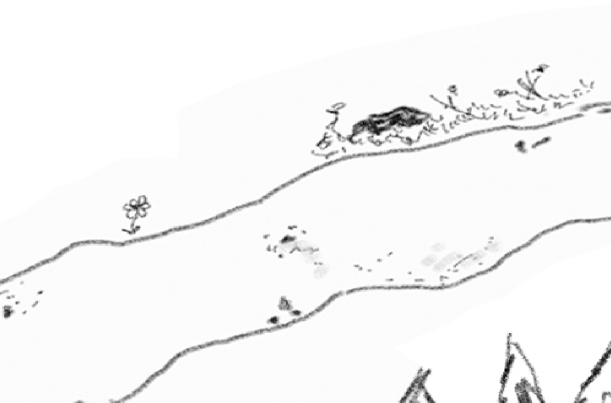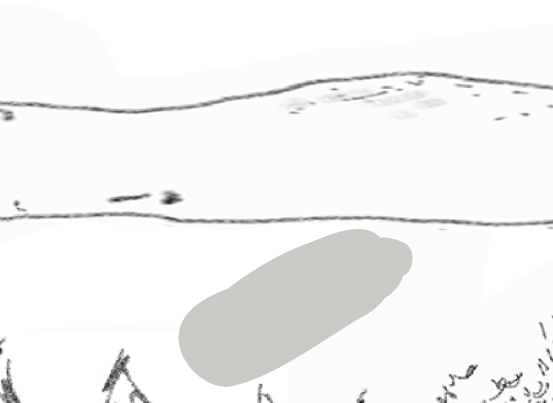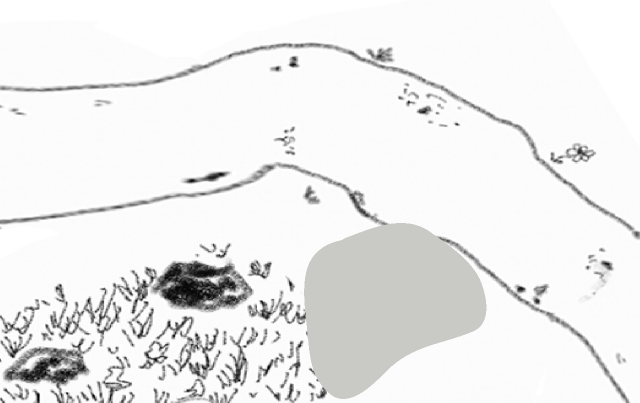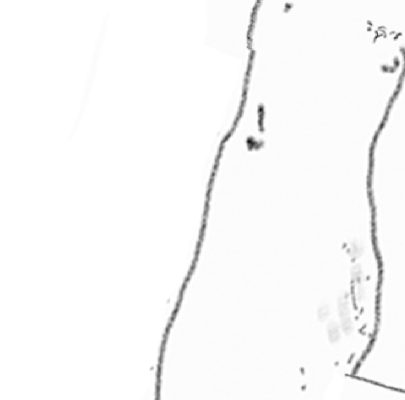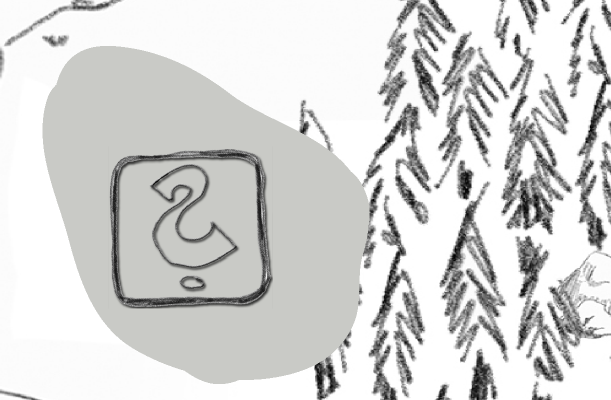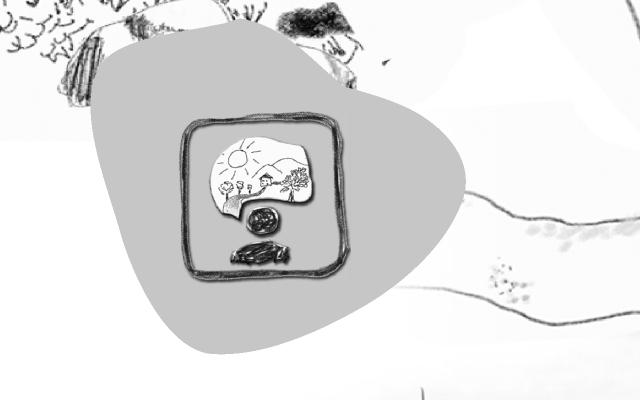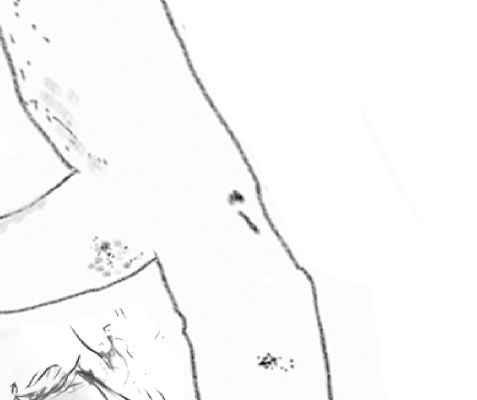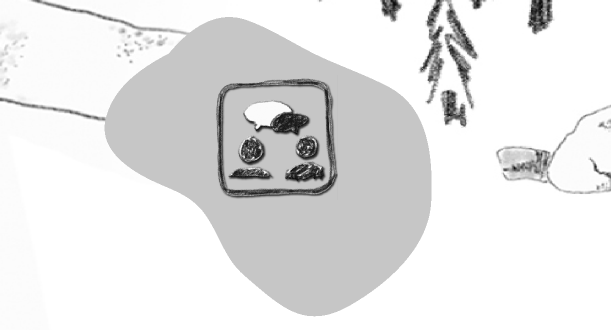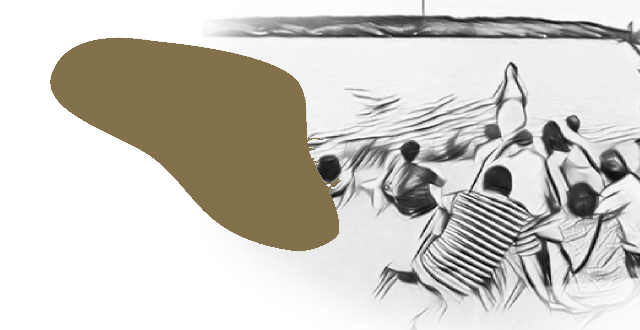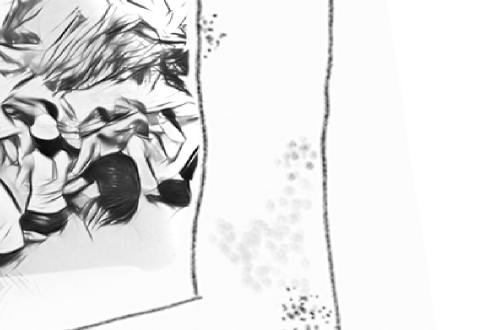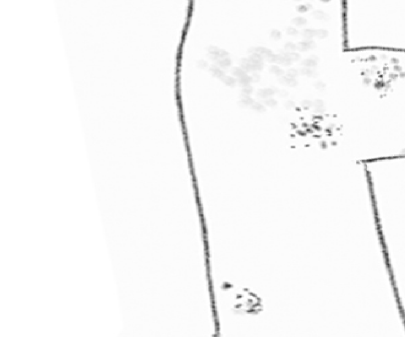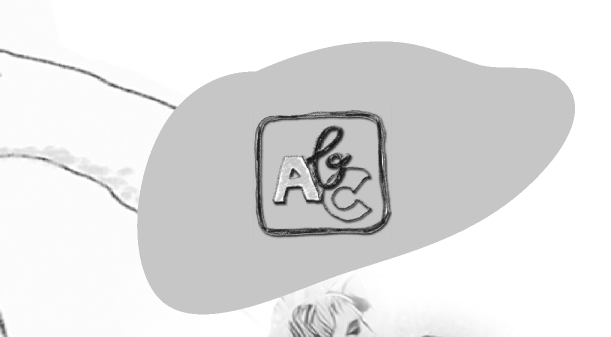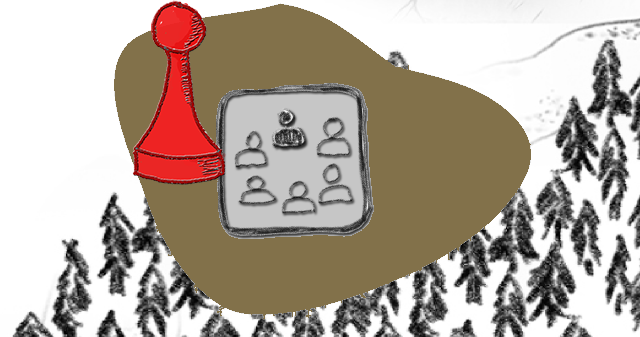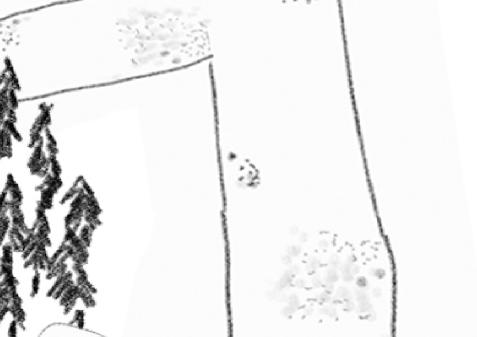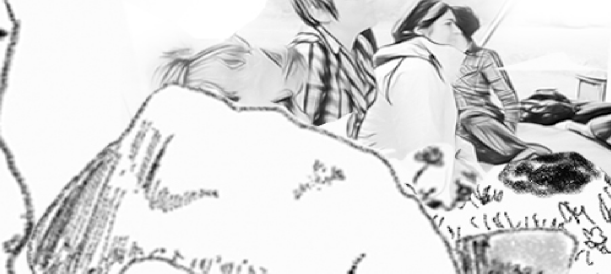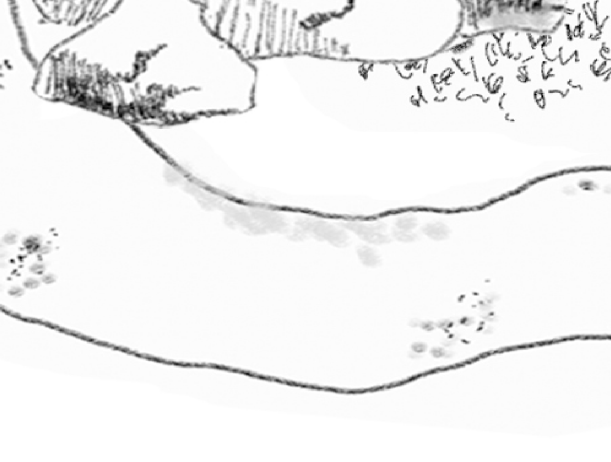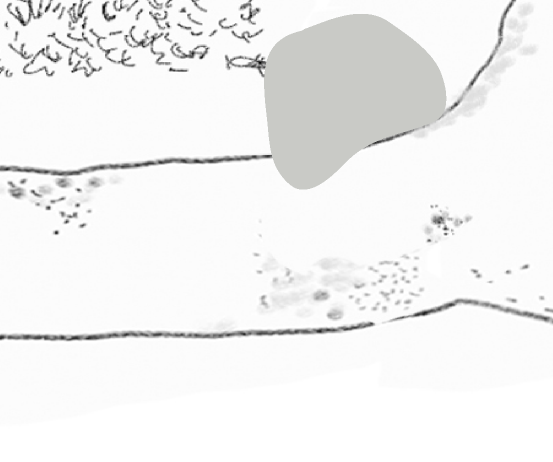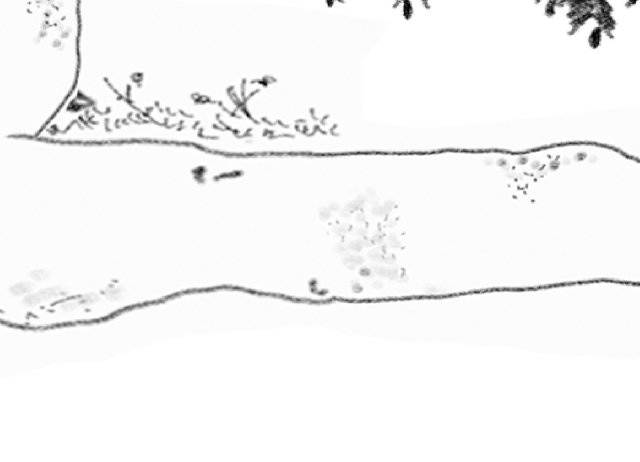Module - Learning scenarios
Basic Education Learning Scenarios
Here you will find learning scenarios that use storytelling for the basic education of adult learners. They are sorted according to the key purposes for storytelling that StoryComp has identified (see Basic Education Module). ▾  Motivation and awareness
Motivation and awareness
Topic of the learning scenario
Happiness in relation to work and money
Target group
all learners in basic education, but a language level of at least B1 recommended
Objectives
- To think and discuss about own perceptions of happiness
- To be aware of different ways to achieve happiness and to get the motivation to pursue an individual approach
- To engage in a structured, philosophical discussion while arguing a point of view
Setting
Formal setting in a chair circle
Number of participants
6-10
Duration
60 minutes
Story
To Work or Not to Work OR The Lazy Fisherman
Link to the complete scenario (pdf)
Link to PDF ▾
 Belongingness
Belongingness
Topic of the learning scenario
Does appearance prevail over authenticity?
Target group
Basic education learners
Objectives
- to express one’s feelings through the Hodja figure
- o read cultural codes and habits
- to recognize and name cultural differences
- to thinking about belonging to a particular culture, country, community
Informal setting
Number of participants
15-20 participants
Duration
20-30 minutes
Story
Hodja’s fine coat
Link to the complete scenario (pdf)
Link to PDF ▾
 Critical thinking
Critical thinking
Topic of the learning scenario
Thinking outside the box: There is always an (other) option
Target group
all learners in basic education, but a language level of at least B1 recommended
Objectives
- To strengthen the positive and creative thinking of learners
- To encourage and motivate learners to think outside the box.
- To motivate and guide learners to think about probabilities.
- To show learners that there can be solutions even in seemingly hopeless situations.
- To motivate learners to take the "moral" with them into their everyday life
all settings possible, less formal settings to be preferred for a relaxed, trusting open atmosphere in the group
Number of participants
5-15
Duration
15-20 minutes
depends very much on the size of the group, their creativity and willingness to discuss, their openness to talk about their own situations
Story
Two Pebbles
Link to the complete scenario (pdf)
Link to PDF ▾
 Processing knowledge
Processing knowledge
Topic of the learning scenario
What’s the point of being useless?
Target group
Basic education learners
Objectives
- thinking about concepts such as usefulness or uselessness in our society
- recognize relativity of usefulness and uselessness
- express a well-founded opinion
Informal setting
Number of participants
15-20 participants
Duration
20-30 minutes
Story
The useless tree
Link to the complete scenario (pdf)
Link to PDF ▾
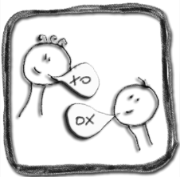 Language acquisition
Language acquisition
Topic of the learning scenario
Escape and arrival, nonlinear biographies and hope
Target group
Young refugees between 15 and 25, Language level of A2 recommended
Objectives
- To be able to understand a spoken story that is relatable to their own experiences
- To talk about their own experiences afterwards
- To express own hopes and dreams
- To show learners that nonlinear biographies are normal
All settings possible, but has been used mostly in formal settings in a basic education classroom; important: learners and teacher need to have a confidential relationship because the topic can trigger hurtful memories
Number of participants
6-10
Duration
2 – 4 hours (could also be split up between 2 days)
Story
She is like a mother to me
Link to the complete scenario (pdf)
Link to PDF ▾
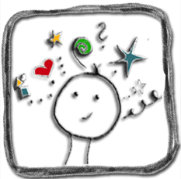 Creativity & expression
Creativity & expression
Topic of the learning scenario
Real life, real feelings, real words
Diversity Speaks
Target group
Participants are immigrants, different age. Moving to a new environment and culture is what they have in common.
As well as loneliness and distress associated with not knowing the language
Objectives
- learning the language (through word emphasis and intonation to the understanding of meaning)
- emotional connection - speaking the same language (getting to know each other, developing compassion, solidarity)
- real life situation knowledge with practical solution
- empowering participants by respecting and appreciating what makes them different
- Informal part of formal education- language course
- nonformal
6-10
Duration
15-40 minutes
Depends from the group (participant familiarize with new words, time needed to share their own experience…)
Story
Language must not be an obstacle for friendship
Link to the complete scenario (pdf)
Link to PDF ▾
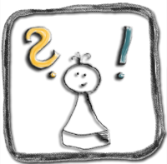 Identity & recognition
Identity & recognition
Topic of the learning scenario
Classification in “good” and “bad”
Target group
for all learners in basic and civic education, language level of A2 recommended
Objectives
- To have a collection of adjectives/words to describe a person and oneself
- To think about and discuss the classification of characteristic features in good and bad, especially concerning traditional tales
- To try a critical self-description
Setting
All settings possible, but has been used mostly in formal settings in a basic education classroom
Number of participants
6-10
Duration
Approximately 2 hours
Story
The fairies
Link to the complete scenario (pdf)
Link to PDF ▾
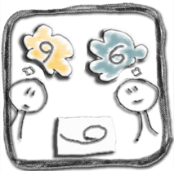 Multiple perspectives
Multiple perspectives
Topic of the learning scenario
THERE IS ALWAYS A WAY
Thinking in multiple perspectives
Target group
Wide target group JOB SEEKERS; different age, participants could be immigrants, also people with health problems
Objectives
- ABILITY TO REFRAME THE SITUATION : see it from different perspective, overcoming the fears
- EMPOWERMENT: to make things possible
- RESPONSIBILITY FOR ACTION: encourage training of communication and performances skills
- (SELF) REFLECTIVE: developing critical thinking about your own and other reactions, actions
Less formal settings
Number of participants
6-10
Duration
30-60 minutes
Story
Brave Mouse
Link to the complete scenario (pdf)
Link to PDF ▾
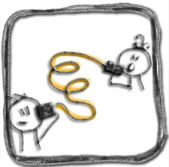 Communication skills
Communication skills
Topic of the learning scenario
What's said - what's meant
Target group
for all learners in basic education
Language level at least B1 recommended, as it is important for the collection of options to be able
to express oneself and explain in a differentiated way.
Objectives
- To sensitise participants that communication is not only what is said, but also what is received.
- To motivate them to reflect on the use and impact of their words.
- To encourage them to listen carefully to their counterparts and to grasp the intended meaning of what is said
- To familiarise them with the meaning and use of linguistic images and idioms.
all settings possible, less formal settings to be preferred for a relaxed, trusting open atmosphere in the group
Number of participants
5-15
Duration
30-45 minutes for groups with natives
45-60 minutes for groups with foreign language learners
Story
A cool breeze on a hot day
Link to the complete scenario (pdf)
Link to PDF ▾
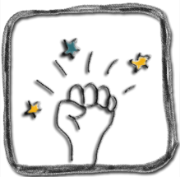 Empowerment
Empowerment
Topic of the learning scenario
See the special!
Curiosity – Appreciation – Self-esteem
Target group
for all learners in basic education
Language level at least B1 recommended, at least for the appreciation activity
Objectives
- to motivate and activate the learners to put themselves in a certain situation curiously and with all their senses
- to motivate and activate the participants to tell and embellish a story together
- to sensitise and motivate learners to recognise their own particularities as strengths
- to animate and motivate learners to see and express what is special about their fellows.
- to strengthen the learners' self-esteem and curiosity
Setting
Informal or nonformal
Number of participants
5-15
Duration
20-30 minutes
can be longer - depends on the implementation: Work in pairs is less time-consuming here than work in the whole group; is the appreciation activity implemented in a common story?
Story
Ali Thumbs
Link to the complete scenario (pdf)
Link to PDF ▾
 |
Would you like to exchange ideas with others about the concrete application of storytelling in basic education,
about experiences, insights and good practices?
Feel free to use the forum in our community! ▾ |
| If you want to learn more about what we mean by basic education in this project, what challenges,
opportunities and prerequisites we see, you will find answers in the module
Basic Education. ▾ If you want to get started with storytelling, you will find a lot of information, exercises and tips in the Storytelling module. ▾ |
 |
 |
 |
 |

